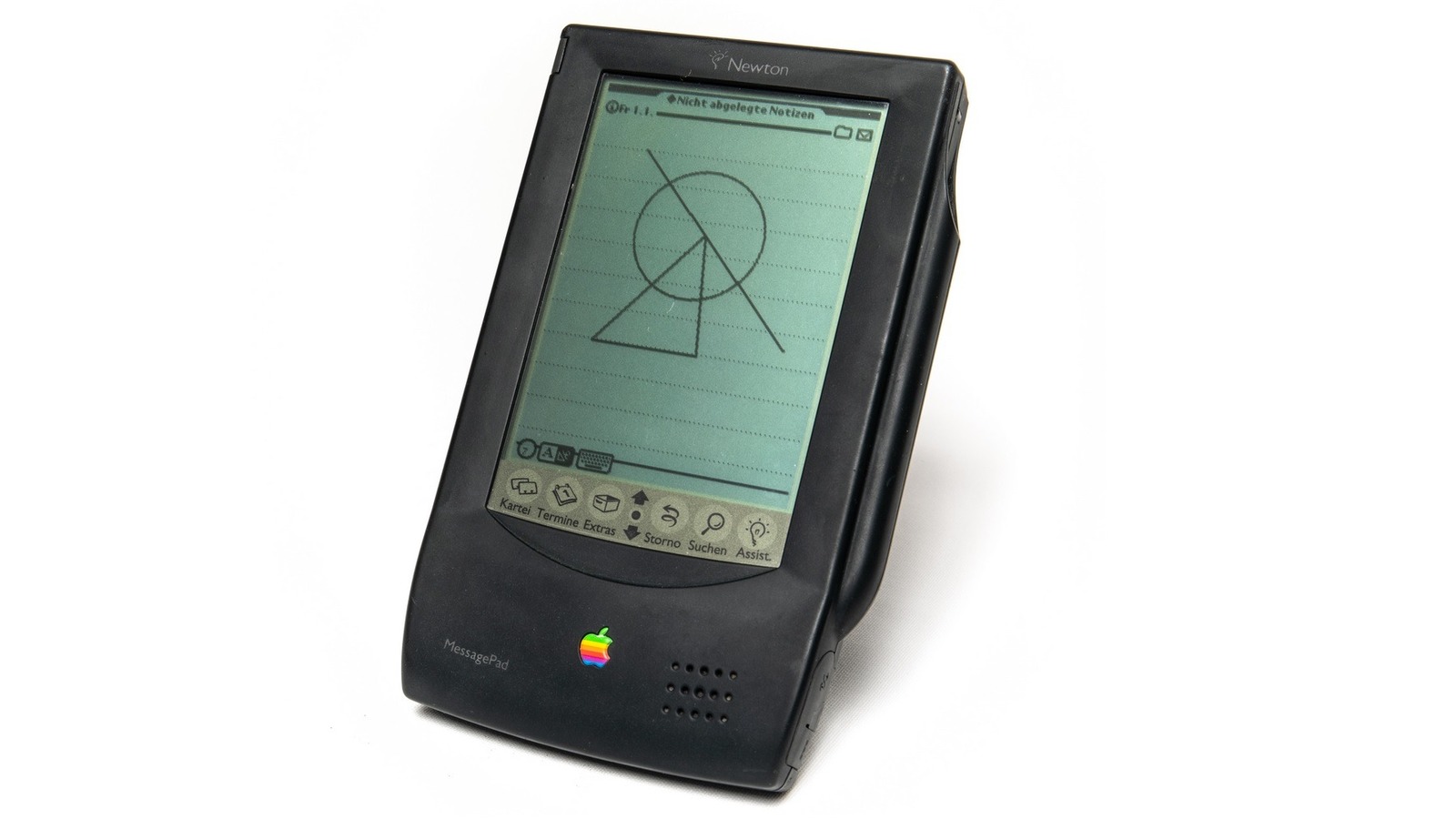How The Apple Newton’s Failure Led To The iPhone

But raving about the form factor similarities is tantamount to merely scratching the evolutionary surface here. One feature, in particular, that received the most attention — both, good and bad kind — was the handwriting recognition for text-based user input. Touch-based input for computers was somewhat of an alien concept back then. And yet, Apple embraced it fully for the Newton over the bread-and-butter keyboard input. For some, it was ahead of its time and a peek into the future of pocket computers. For others, it was a gimmick, especially when Newton’s recognition system erred. It was mocked viciously, both in print and media.
But unlike the Touch Bar on MacBook Pro, Apple didn’t shelve the idea. In the years leading up to the Newton line’s discontinuation in 1998, Apple actually improved on it with each iteration. But the problem was two-fold here. The first Newton MessagePad shipped with 10,000 words pre-installed for recognizing whatever users scribbled on its monochrome screen. For folks imagining a notepad jotting session in any script other than English, the Apple device was a $699 piece of disappointment. Another aspect that was out of Apple’s grasp was the lack of connected software infrastructure, one that could help upgrade the recognition system, and more importantly, take full advantage of its capabilities.
For all the latest Games News Click Here
For the latest news and updates, follow us on Google News.
